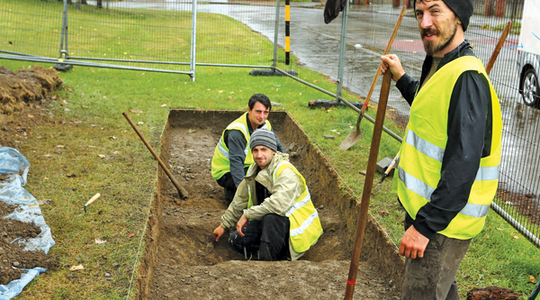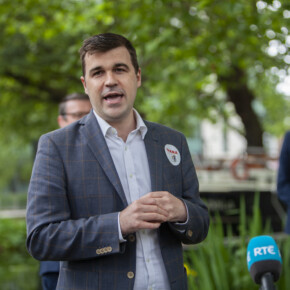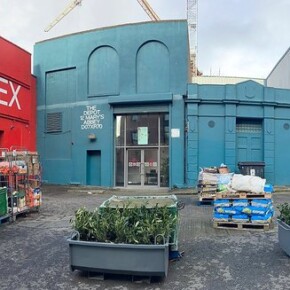Startling discovery in Baldoyle
Dublin People 13 Sep 2013
A NORTHSIDE archaeologist has made a startling new discovery close to his parents’ house in Baldoyle.
Paul Duffy believes he may have discovered a rare 13th-14th century enclosure of which there are only four others recorded in the County of Dublin.
Paul had been examining the location in Seagrange Green for numerous years after noticing a
“small dot
? on a map that indicted a hidden registered monument close to his family home in the North Dublin housing estate.
After initial digging got underway at the site a series of fascinating finds have been unearthed suggesting that a significant structure once existed in the area.
“What we are looking at is most likely a defended enclosure of some kind,
? he revealed.
“If this was to be found in the middle of the countryside in Meath for example, it would not be that unusual, but for one to be found within a built up urban area is remarkable,
? he said.
Paul believes he has uncovered evidence of a structure with features consistent with what is known as a
‘Medieval Moated Site’.
“This is usually a 13th-14th century rectangular enclosure defined by a ditch often filled with water and surrounded by an internal bank,
? he explained.
“The bank would have been surmounted by a palisade and the entranceway usually protected with a gatehouse, thereby protecting the space within the moat from attack or raiding.
“The traditional interpretation suggests that moated sites represent a second wave of Anglo-Norman settlement into border territories on the fringes of Norman control.
?
According to Paul, these areas would have been exposed to attack from the Gaelic Irish and moated sites would become the fortified homesteads of minor barons or wealthy farmers.
Paul explained that such moated sites are rare within the area around the capital. In Dublin only four moated sites have been identified in the county – at Lambay, Drimnagh, Tallaght and Corkagh Demense with possible examples at Newtowncorduff, and Kilmahuddrick.
“Significantly, the Seagrange Monument would increase this count to five definite moated sites within County Dublin,
? he said.
Paul said records exist for two Norman families who had stakes in the Baldoyle area during the 12th-13th centuries.
He believes that at least one of them could have been behind the construction.
“Following the Norman takeover of Dublin, Strongbow granted Vivan de Cursun the lordship of Raheny,
? Paul added.
“De Cursun, a minor baron presumably without the means to construct an earth and timber castle such as that constructed at this time by St Laurence at Howth, might be just the candidate for the construction of a fortified dwelling in the Baldoyle area.
“Medieval pottery found in the vicinity of the monument and the evidence from the magnetometry survey, this interpretation of the site seems all the more plausible,
? he added.
The project is considered of such national interest that the results of the excavation will be broadcast on RTE Radio 1’s history show on October 6 at 6.05pm.
“This is a very exciting find,” Paul added.
“For an archeologist to make such a discovery beneath the place where he played as a kid is amazing.
?











